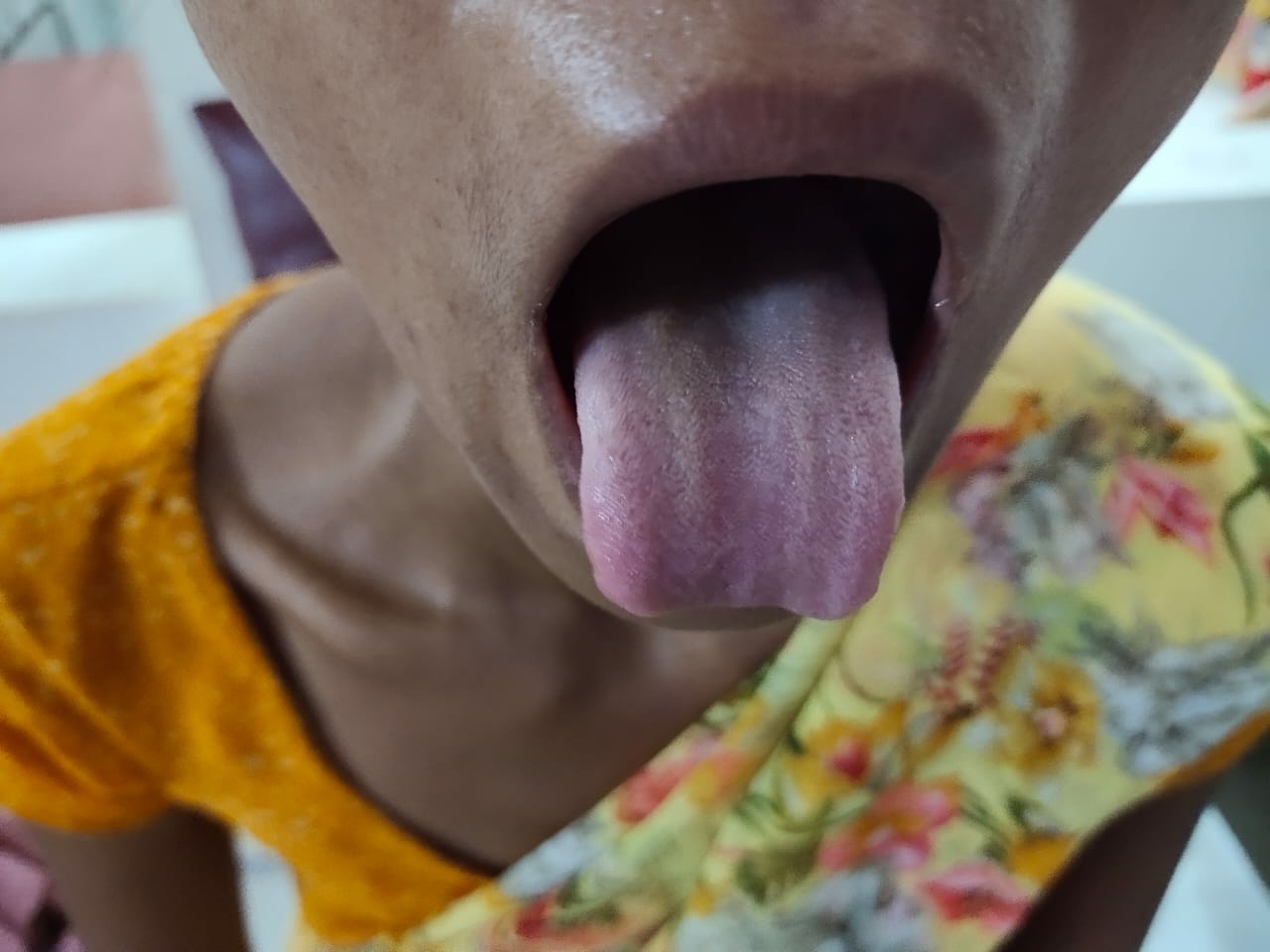E log CASE 2
18 YRS OLD MALE WITH BILATERAL WEAKNESS AND EDEMA IN LOWER LIMBS
Presented by :
M.Sai Surya
Roll .No : 100
Hello everyone , I have been given this case to solve in an attempt to understand the topic of "Patient clinical data analysis" to develop my competency in reading and comprehending clinical data including history, clinical findings, investigations, and come up with a diagnosis and treatment plan.
You can find the entire real patient clinical problem in this link here made by our interns
Following is my analysis of this patient's problem:
CHIEF COMPLAINTS:
The problems in order of priority I found are
Weakness of bilateral lower limbs
Bilateral edema in lower limbs
History of difficulty in squatting position and getting up from the same
History of difficulty in wearing and holding chappals
Weakness in bilateral lower limbs started 2 yrs ago. It started as a proximal muscle weakness and over the years has now progressed to a distal weakness.
▪️H/O bilateral lower limb edema- non pitting type.
▪️H/O difficulty in squatting position and difficulty in getting up from squatting position.
- ANATOMICAL LOCATION OF THE PROBLEM
To localize the anatomical location....first, we need to differentiate UMN lesion from LMN lesion.
UMN lesion:
Hypertonia, hyperreflexia, and spasticity
LMN lesion:
Hypotonia, hyporeflexia, and flaccidity
Thus from above, this weakness is due to the LMN lesion.
LMN sites:
- Anterior horn cell
- Ganglion
- Spinal nerve root
- Plexus
- Peripheral nerve
- Neuromuscular junction
- Muscle
On examination
- Higher mental functions - Normal
- Cranial nerves - Intact
- Sensory system - Normal
- No meningeal signs
- No cerebellar signs
- Motor system -
▪️ Tone: Normal
▪️ Reflexes: Absent in both lower limbs
▪️ Power: (4-/5)
From the above CNS examination it is observed that there might be lesion in LMN pathway.
▪️If suspecting neurogenic cause:
nerve conduction test is normal so we can rule out neurogenic cause.
▪️If suspecting Neuromuscular junction cause:
Electromyography is normal and thus neuromuscular junction disorders like myesthenia gravis and lamborten Eaton syndrome are to be ruled out .
▪️For muscular cause :
Muscle biopsy should be done and examination of creatine kinase levels must be done.
Creatine levels are increased
Muscle biopsy report(quadriceps femoris)- suggesting no evidence of POLYMYOSIS and may be suggestive of dystrophy.
OTHER INVESTIGATION:
DIFFERENTIAL DIAGNOSIS
Progressive Proximal Muscle weakness is a consistent feature of Myopathies .
We have to rule out each and every myopathies now as follows
1)INFLAMMATORY MYOPATHIES
2} METABOLIC MYOPATHIES
3)DRUG INDUCED MYOPATHIES
4)ENDOCRINE MYOPATHIES
5)MUSCULAR DYSTROPHY
▪️INFLAMMATORY myopathies
can be ruled out as there are no antibodies produced and no signs of inflammation are seen
▪️Metabolic myopathies
can also be ruled out as we can see there are no signs of glycogen storage disordersetc
▪️Drug induced myopathies
can also be ruled out as there is no relavent history of drug intake from patient.
▪️endocrine myopathies
can also be ruled out as there are no thyroid Abnormalities and thyroid function is normal
▪️It is most likely the muscular dystrophy ,
Because proximal muscle weakness of lower extremities occur first and muscle biopsy report shows fat cells and necrotising and regenerative muscle fibres are seen suggesting any dystrophy.
MUSCULAR DYSTROPHY :
Muscular distrophy refers to a group of disorders that cause progressive loss of muscle mass and loss of muscle strength.
They occur due to genetic mutations in muscle proteins ( majorly Distrophin) which are needed for building up and normal functioning of the muscles.
DIFFERENT TYPES OF MUSCULAR DYSTROPHIES:
We have to rule out one by one and come to final diagnosis :
Myotonic dystrophy
This can be ruled out easily as it starts with facial muscle Weakness and sparing proximal muscles mostly.
Duchene's muscular dystrophy
(DMD) is a genetic condition that affects the muscles, leading to muscle wasting that gets worse over time. DMD occurs primarily in males, though in rare cases may affect females. The symptoms of DMD include progressive weakness and loss (atrophy) of skeletal and heart muscles. Early signs of DMD may include delayed ability to sit, stand, or walk and difficulties learning to speak. Muscle weakness is usually noticeable in early childhood.
It can also be ruled out easily as it presents early in 3 to 5 years of age and patients shows Gower's manuever while standing up.
They usually die within 16-18 years with severe pulmonary infections
Joint contractures and scoliosis are other features seen.
Becker's muscular dystrophy
Symptoms occur later and progress at a slower rate.There is no cure for this condition.
Here ,Muscle wasting resembles Duchene's.
Proximal muscle weakness of lower extremities occur first.
Onset 5-15 years of age
Dystrophin muscle protein is absent
Calf muscles shows hypertrophy due to accumulation of fat cells and necrotic tissue.
▪️Presently there is no cure for muscular dystrophy.
▪️corticosteroids may be prescribed - increase muscle strength and slow progression
▪️Physiotherapy
References :





Comments
Post a Comment